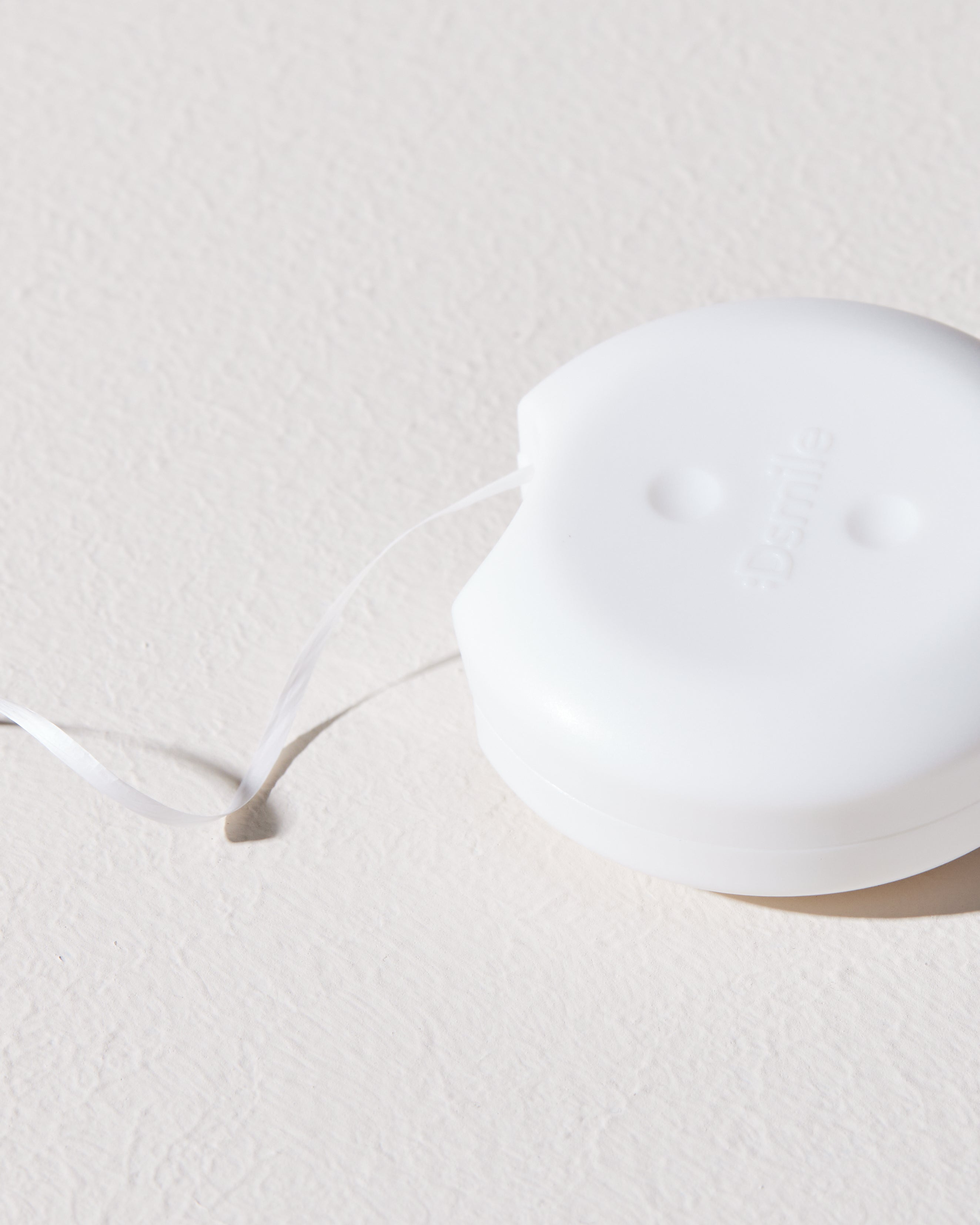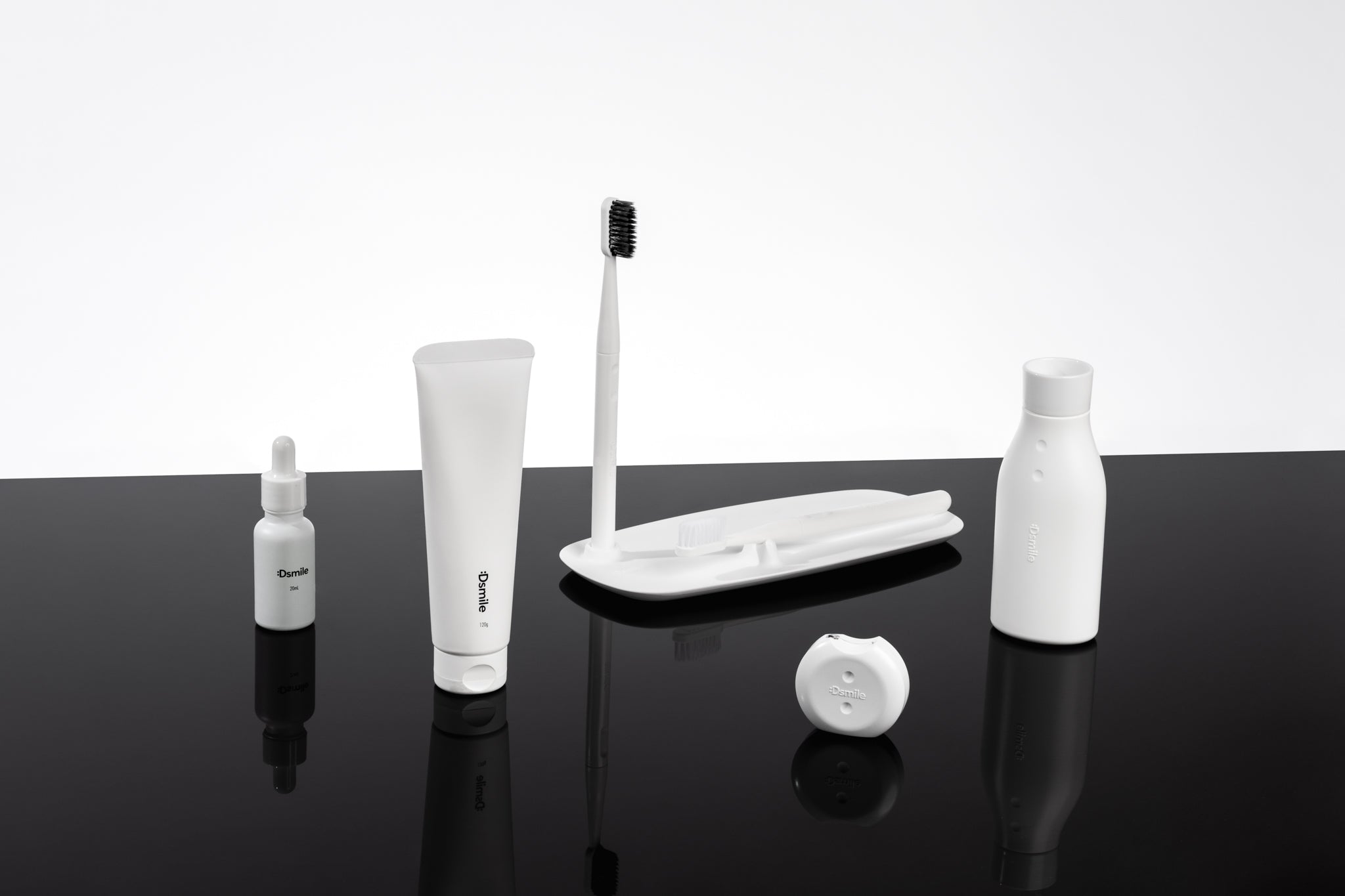
4 Top Tips for Flossing Effectively
Since the 25th of November is World Flossing Day we couldn’t help but share the importance of this issue. Did you know 75% of Australians rarely or never floss? We know flossing isn’t fun, but red puffy gums aren't either. It's important to make sure you are using not just the right product, but also have the right technique for flossing to give your teeth the best possible care.
Why is flossing so important?
- Removes plaque from between the teeth where your toothbrush cannot reach.
- Prevents tooth decay or holes forming between the teeth.
- Prevents gum disease which may present as red, bleeding gums.
Here is how to floss effectively:
🦷 Wrap approximately 20-30cm of floss around your middle fingers 2-3 times.
🦷Using your thumb and index fingers, place the floss down a few mm into the gum line on the side of each tooth, creating a C shape. This allows you to hug the tooth, removing plaque from the small crevice between the gum and the tooth.
🦷Move onto the next two teeth with an unused portion of floss. It is important to use an unused portion of floss as you move along, to avoid moving plaque from one site to another. You can do this by unwrapping and repositioning the floss around your fingers as you go.
🦷Continue flossing in between all your teeth including the ones at the very back. This may take a little bit of practice as they can be hard to reach at times. It is important to floss at least once a day.
Fun fact: our floss is one of our most-liked products!
---------------------------------------------
Popular flossing questions answered!
Q: Can my Dentist or Hygienist tell if I’m not flossing?
Yes they sure can. Think you can un-do months of not flossing in just a few short days before your dentist appointment? Think again.
Your gums give this one away. If you aren’t a regular flosser, you will likely display red, puffy, bleeding gums. As much as you blame the bleeding on them (they clearly were too rough right?), it’s totally not the case.
The bacteria found in plaque, when not removed or left on the gums for too long, can cause the gums to produce an inflammatory response – hence the bleeding.
Plaque that isn’t removed by brushing and flossing can also harden into calculus – another sign that you could be doing better. It is also important to note that calculus can only be removed by your Dentist or Hygienist.
Q: Is bleeding gums normal when I floss?
No it’s not. It’s a common misconception that it’s normal to expect bleeding while flossing. Many even avoid flossing because they believe it’s hurting their gums, when in fact it’s a sign that you need to be flossing a lot more.
Healthy gums do not bleed. Unhealthy gums do.
The good news is that bleeding gums is reversible. With a consistent daily oral care routine and regular cleans with your Dentist or Hygienist, you can keep the bleeding at bay.
Q: Should I floss before or after brushing?
At Dsmile, we’re all about “brush, floss, rinse” as a way to build a consistent routine and remember all the steps. However truthfully, it does not matter what order it’s done in. Most Dentists are just happy to hear that you’re flossing.
Q: Can my gum health affect my general health?
Yes. Numerous studies have shown poor oral health to be strongly associated with 50 chronic health conditions including Cardiovascular disease, Diabetes and Alzheimer’s.
👩🏽⚕️ So still thinking of skipping the floss? We thought not
Why Dsmile floss?
We may be biased, but we think our floss is the best there is. Because we are so aware of the importance of flossing, we have created the ultimate floss that not only looks great on your bathroom shelf, but also is the best quality product for your mouth and designed by professionals.
Dsmile floss features:
- Unwaxed tape
- Gentle and smooth
- Glides between the teeth
Find our Dsmile floss here





Leave a comment
This site is protected by hCaptcha and the hCaptcha Privacy Policy and Terms of Service apply.